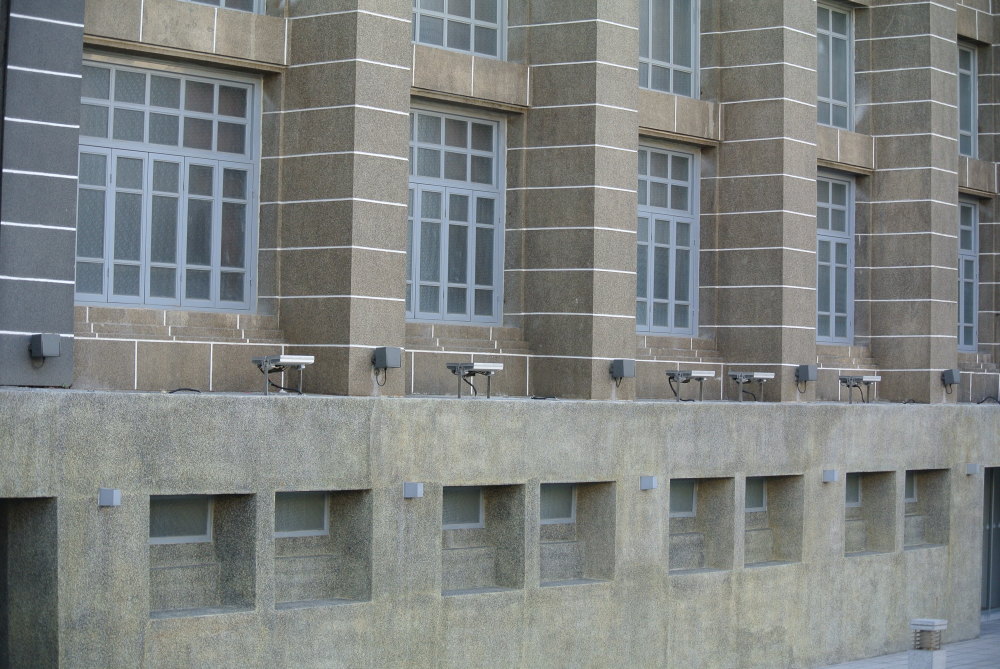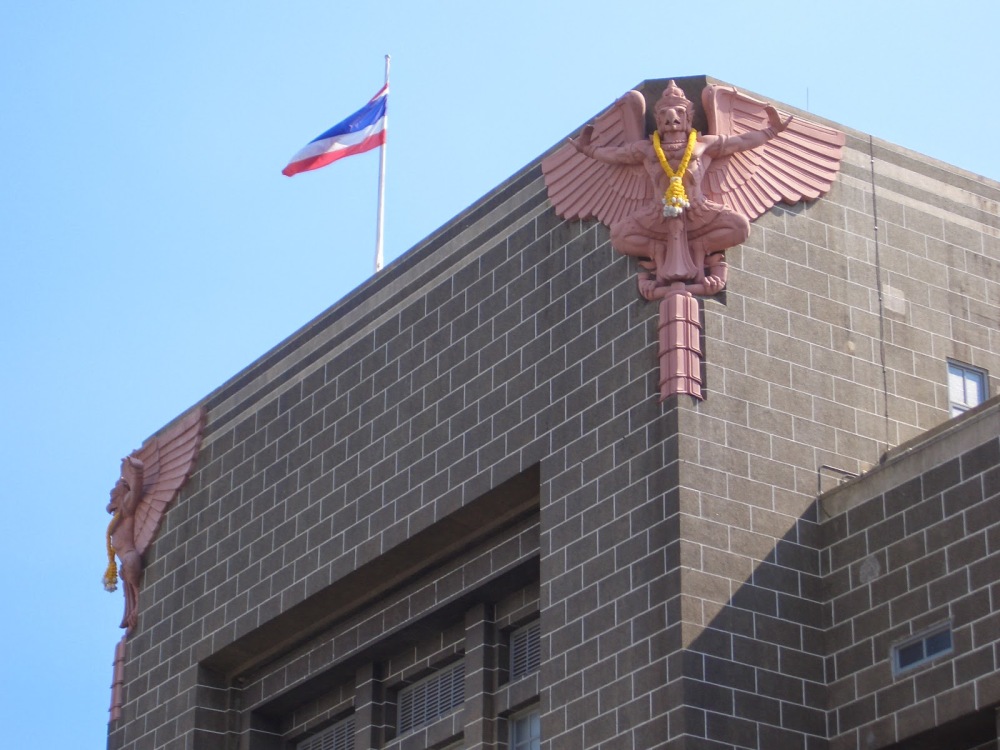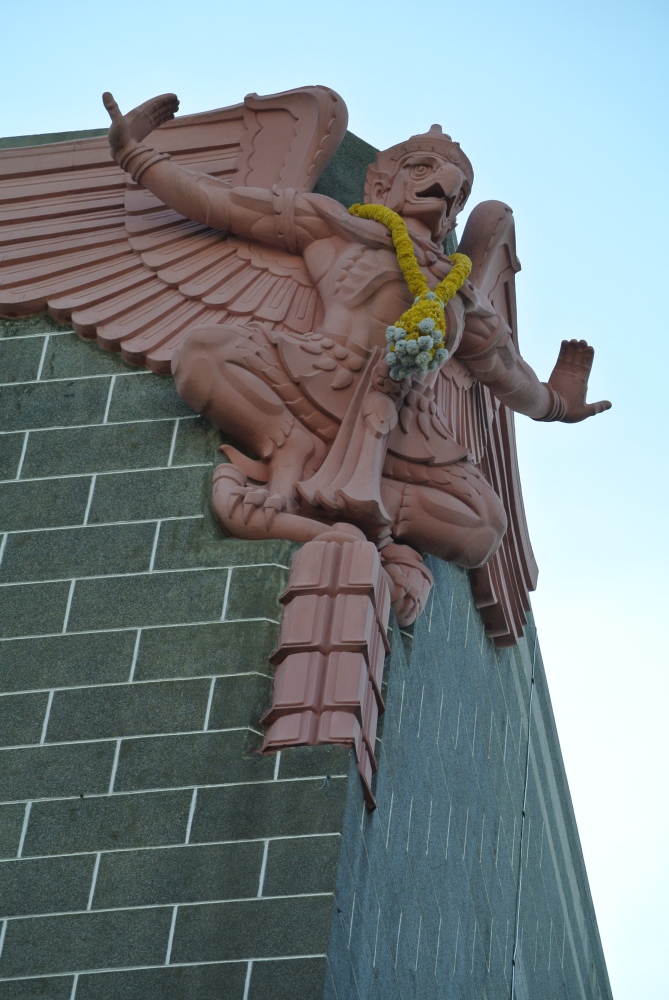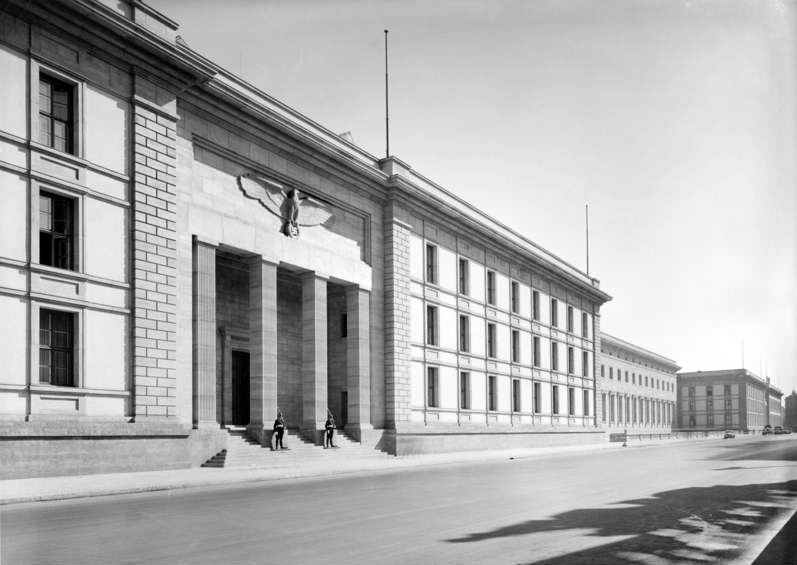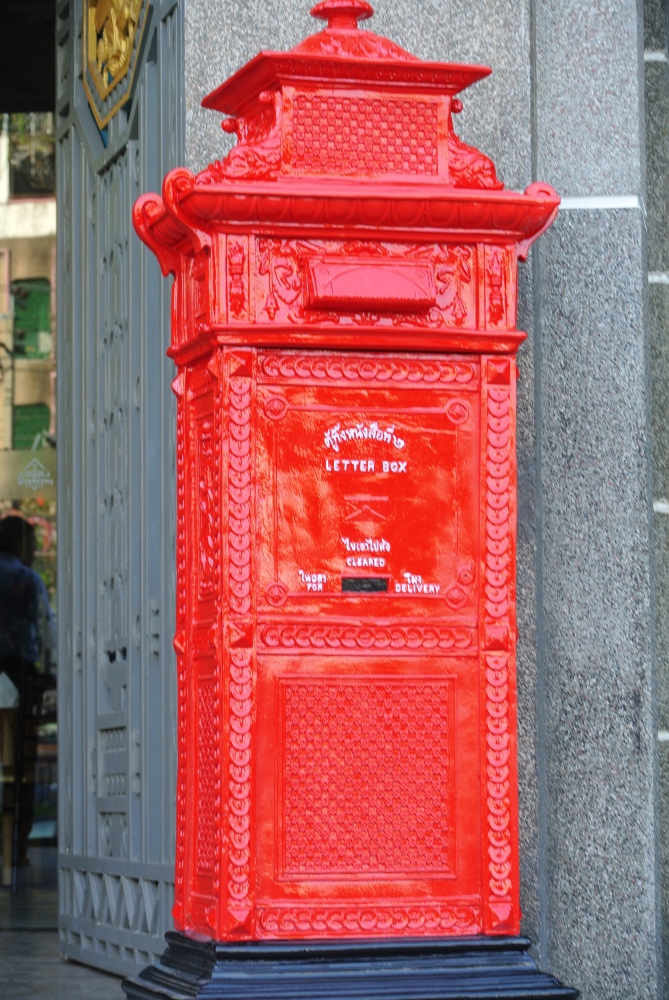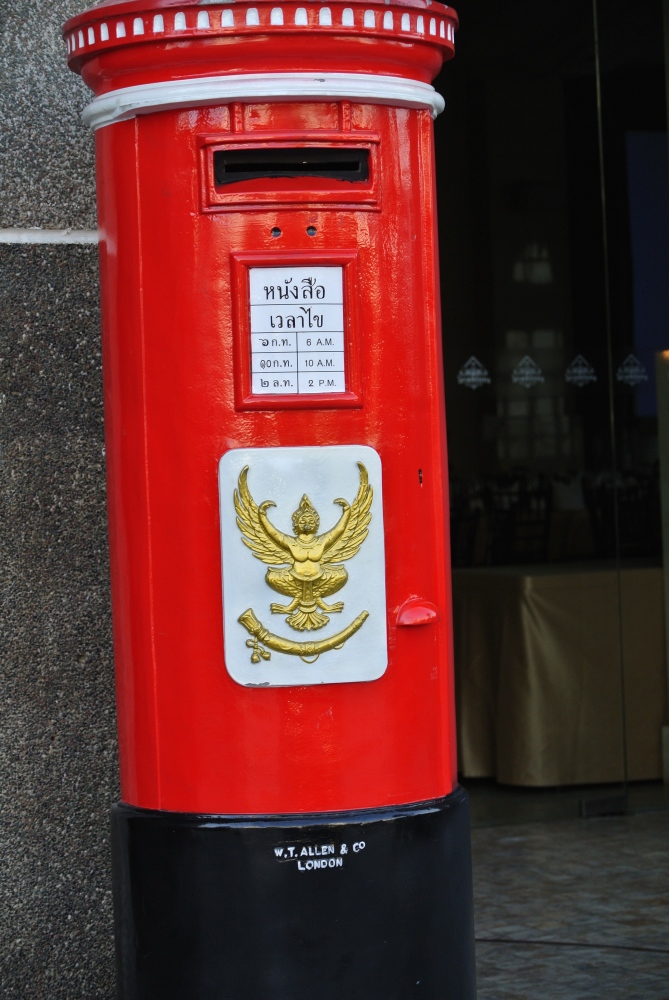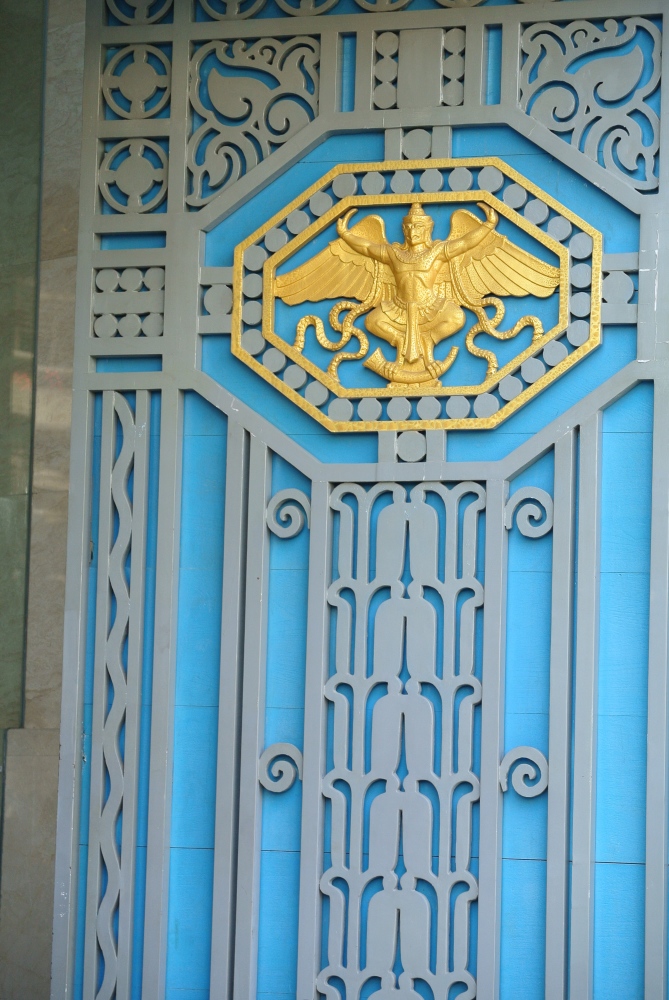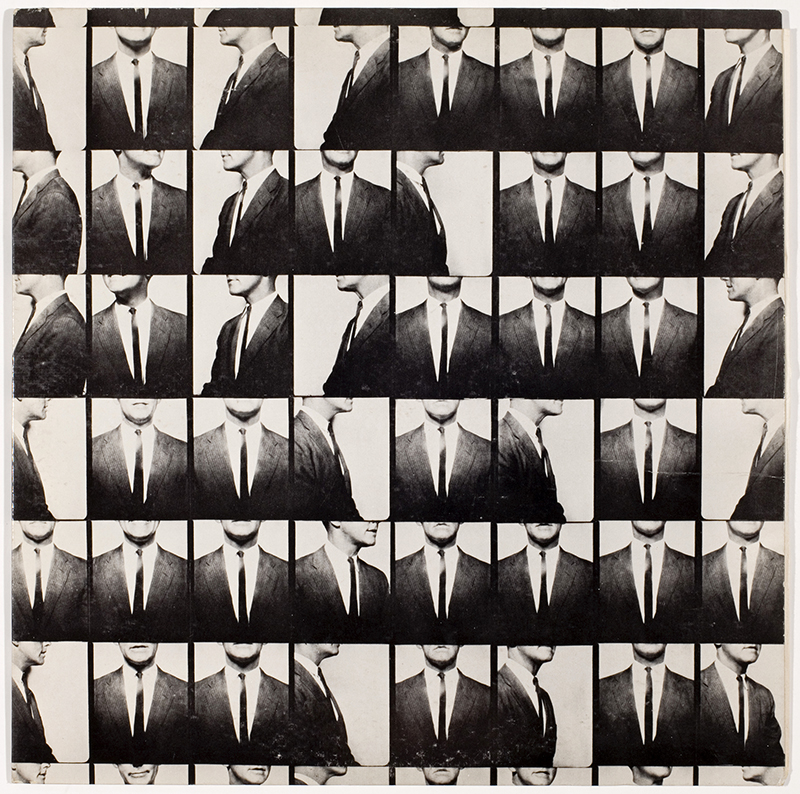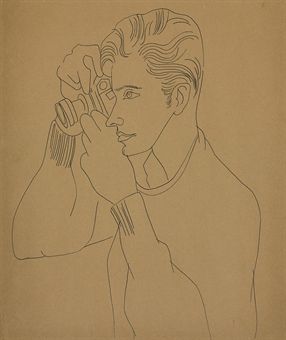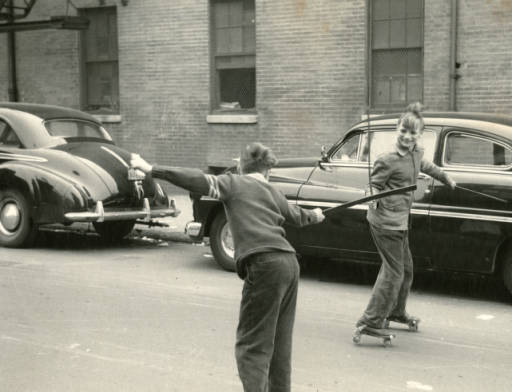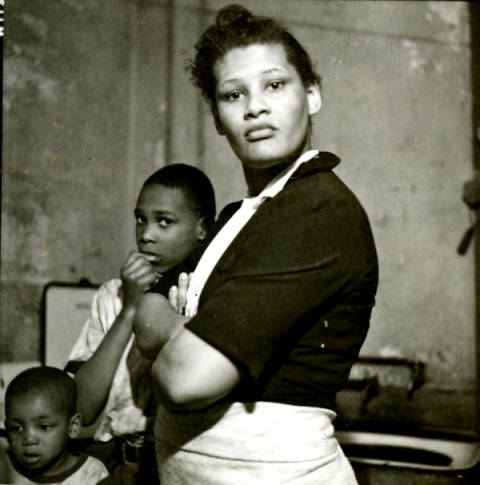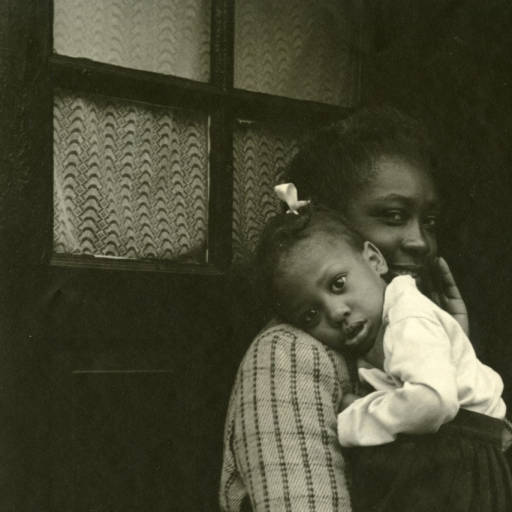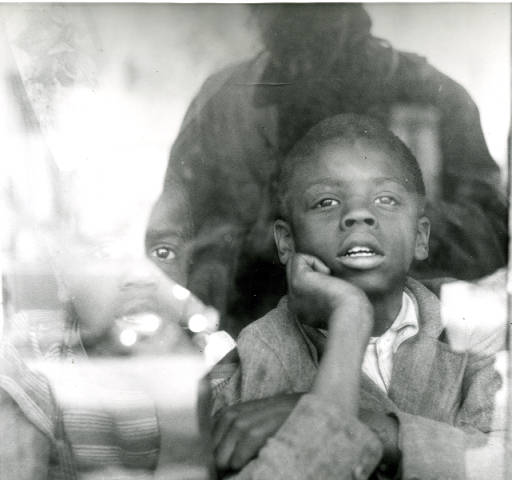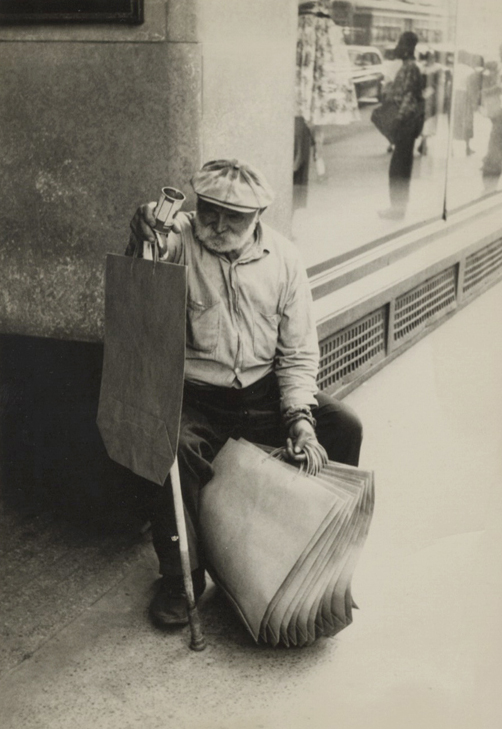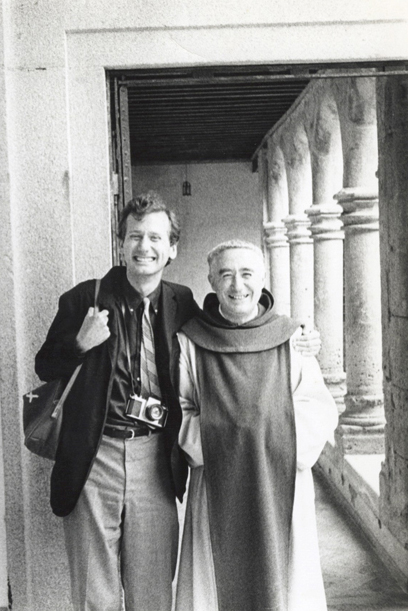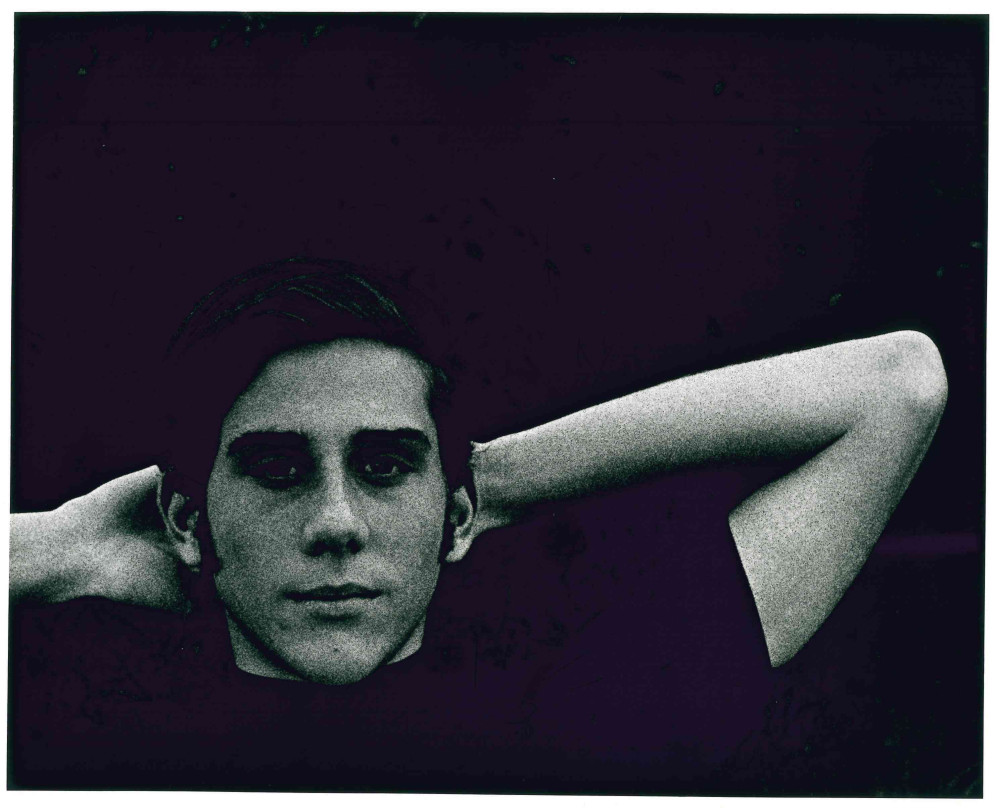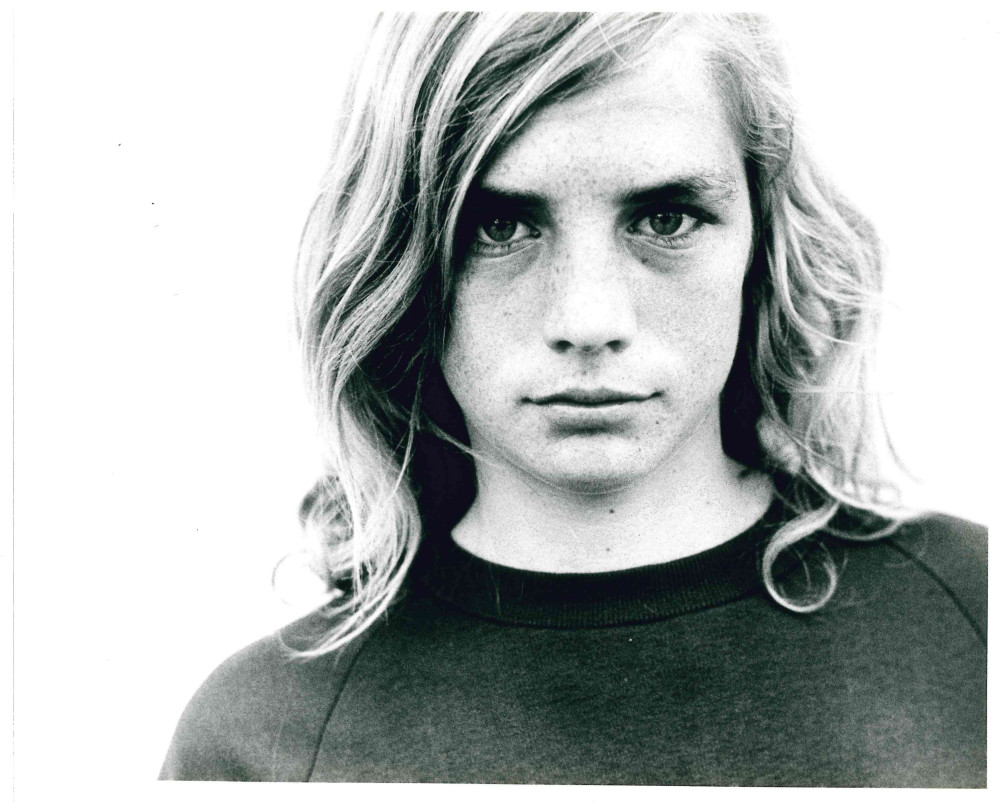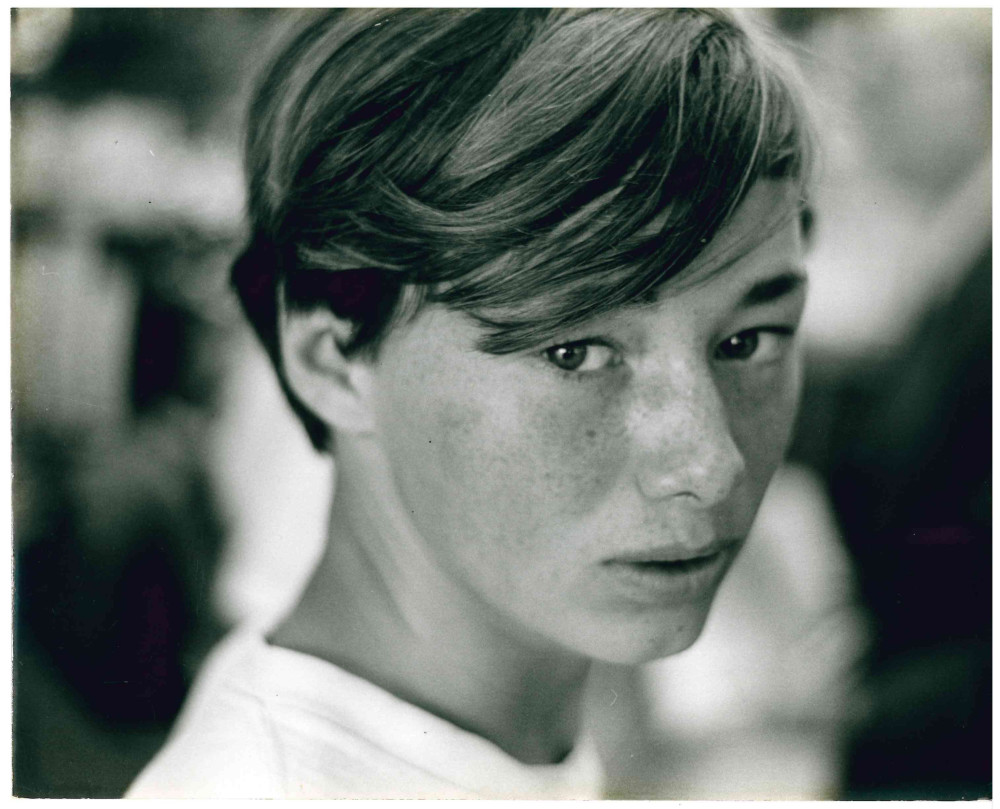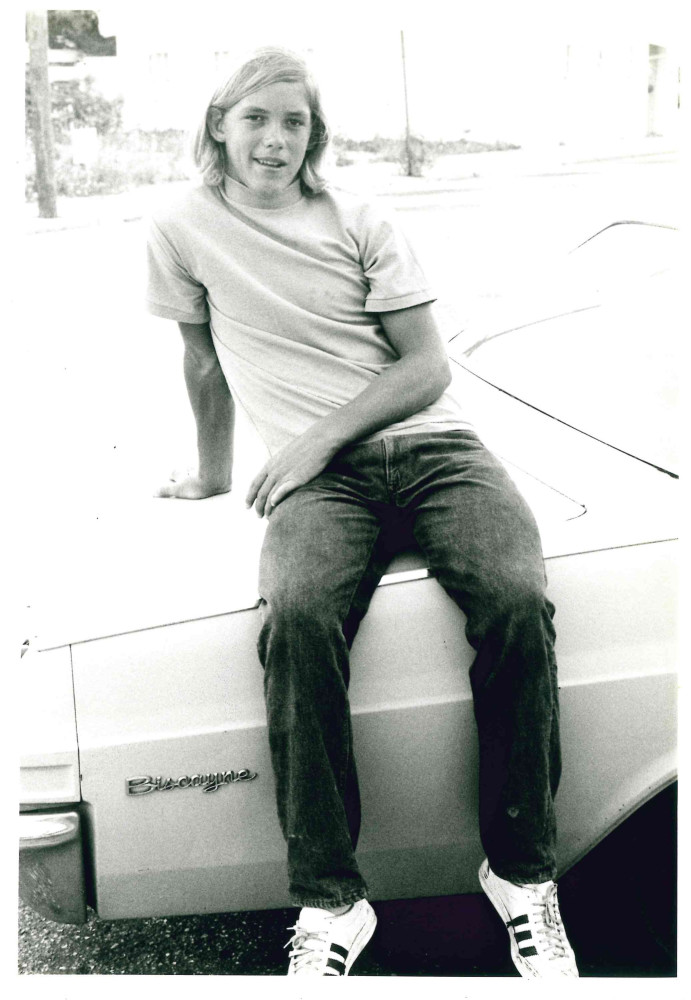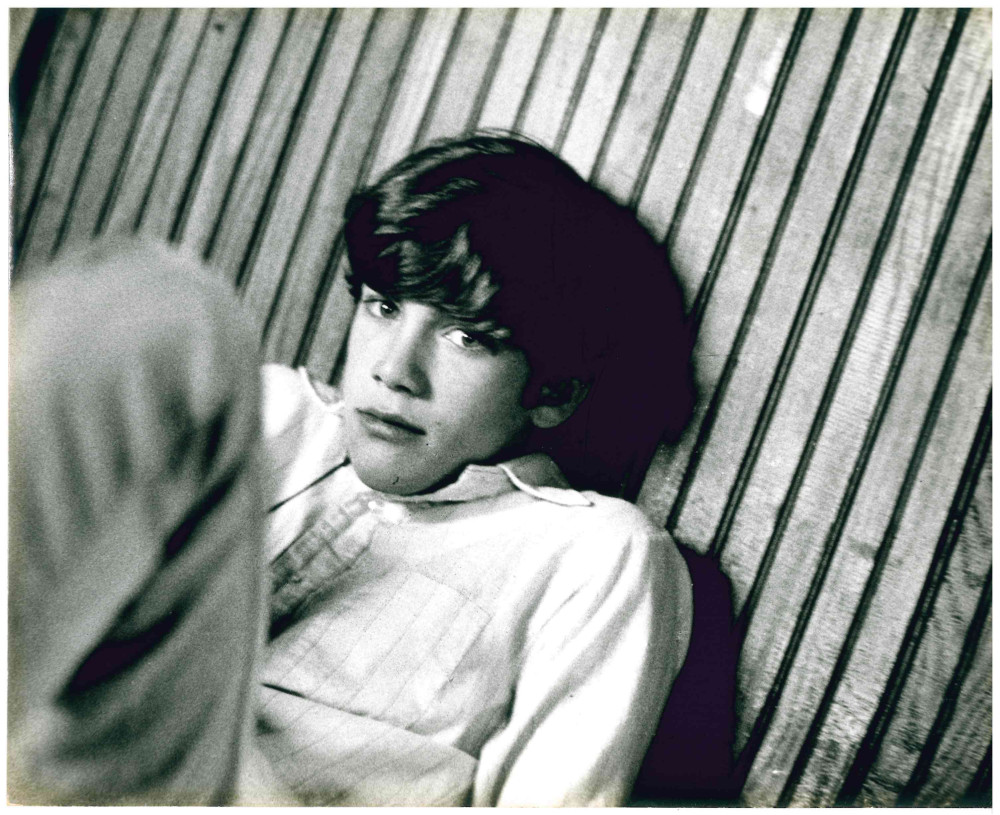Glancing idly at the world going to hell in a handcart, I came across a report about Thai protestors – students mostly – publicly reading Nineteen Eighty-Four as a protest against the current military dictatorship. A read-in. Standing in malls and sky train stations, the new fora, they clutch their English copies of Orwell’s novel.
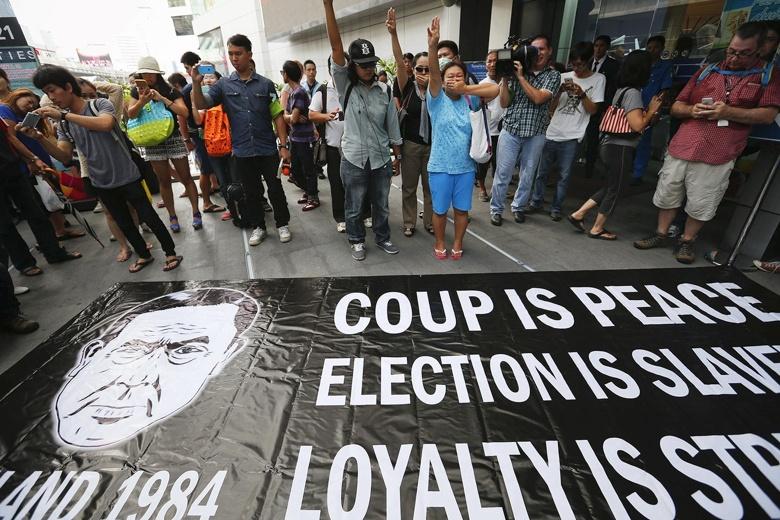
Orwellian Bangkok 2014, AP
Having taught the novel before 1984, during 1984 and in the decades afterwards, I feel entitled to a twinge of identification. I clicked the Like button. In Chiang Mai in the north of the country, a screening of the film Nineteen Eighty-Four has been cancelled because of police intimidation. Public readers of Nineteen Eighty-Four are being arrested in Bangkok. Thai authorities can only bear so much satire.
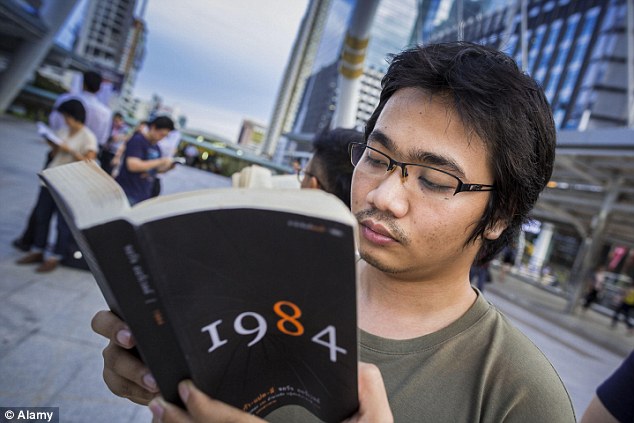
Bangkok protester, photo by Alamy, Daily Mail
Such protests are based on the “Standing Man” civil disobedience which began in summer 2013 in Istanbul but which goes back to Gandhi’s salt protest against British imperialism. Standing your ground peacefully has an intrinsic Asian quality. The three-finger salute from The Hunger Games films has also become a symbol of resistance against the ruling junta, which has curtailed freedom of speech and the press.
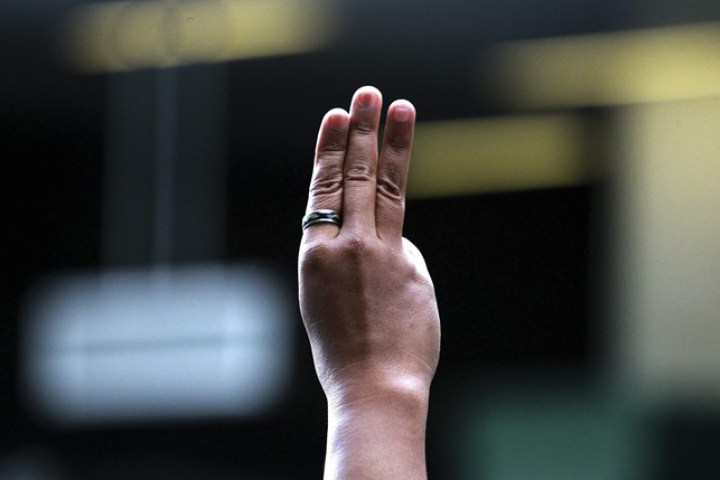
The Hunger Games rebellion against totalitarian rule
Political assemblies of more than five people are banned under martial law. Flash mobs in downtown Bangkok have resulted in hundreds of arrests. It is good to see literature and resistance joining hands, especially so in Thailand where reading, it strikes me, has never been their thing.
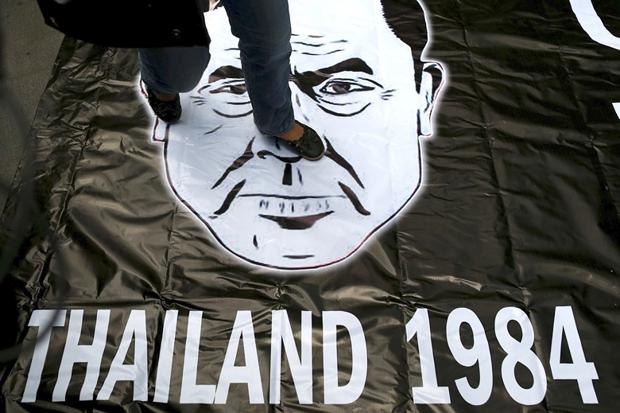
“He who controls the malls controls the future.”
At the start of 1985 I was teaching reception class at a Montessori kindergarten in Bangkok. It was one of those posh little places for international kids. As I read to the tots, the drivers sat listening on the windowsills, waiting to take them home. Literacy and numeracy, water play on Fridays in the hot season. Goldilocks and the Three Bears, with an Indian girl as Goldilocks refusing to wear a blond wig. I taught them to form their letters and count on their fingers. I taught the time as I had been taught it – a big circle on the whiteboard with a small hand and a big hand. “But clocks aren’t round,” one little girl complained. It was that moment when circular time became the square face of digital, the 24/7 world.
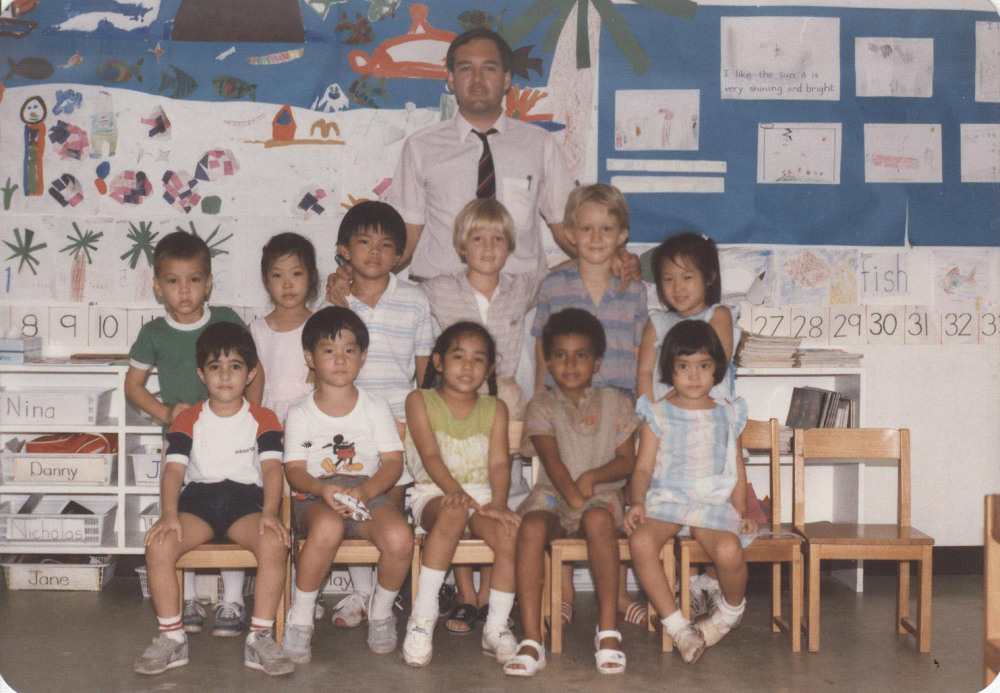
Reception Class, Sathorn Kindergarten, 1985
One day I arrived at school to find that a coup d’état had been called earlier that morning. I was wondering why the shutters of the Chinese shophouses were down – always weathervanes for a coup – and the city relatively quiet. We cancelled school. When the minibus with the children arrived we turned it back around and I delivered these four and five year-olds safely home. Stopped at military checkpoints by young soldiers, we were waved through. By the time I got home the coup had blown over. It became known as the ten-hour coup carried out by General Serm na Nakhon. It never took off.
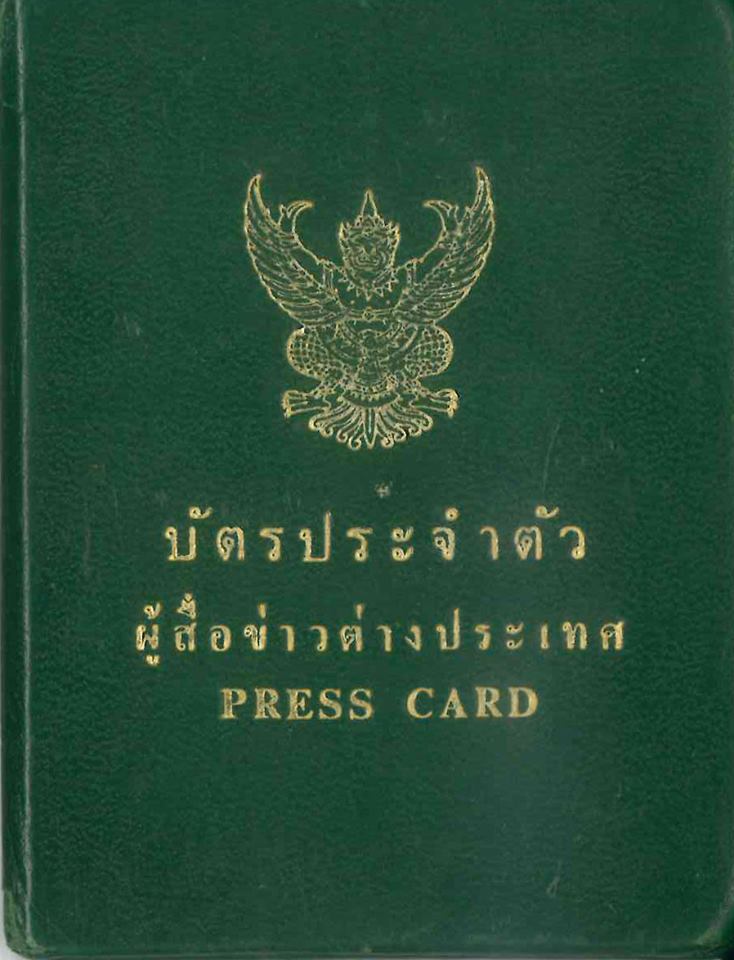
My old Thai press card from 1985.
From there I moved to teaching in the Language Institute and the English Department at Chulalongkorn University. One course was a history of English Literature in twenty-four hours spread over a semester – some ajarn’s doctoral thesis, culled from encyclopaedias. Reception class was by far the more interesting and rewarding end of the reading spectrum. Something got leached from students by the time they arrived at the august, gold-spangled grove of academe that was Chulalongkorn University. My fellow lecturers, with some exceptions, were not readers. There was always a flutter of silk in the faculty lounge when the new air-mailed copy of Majesty arrived. Very few students took Thai literature as a subject and most who took and taught English were female. English was for women and wusses.
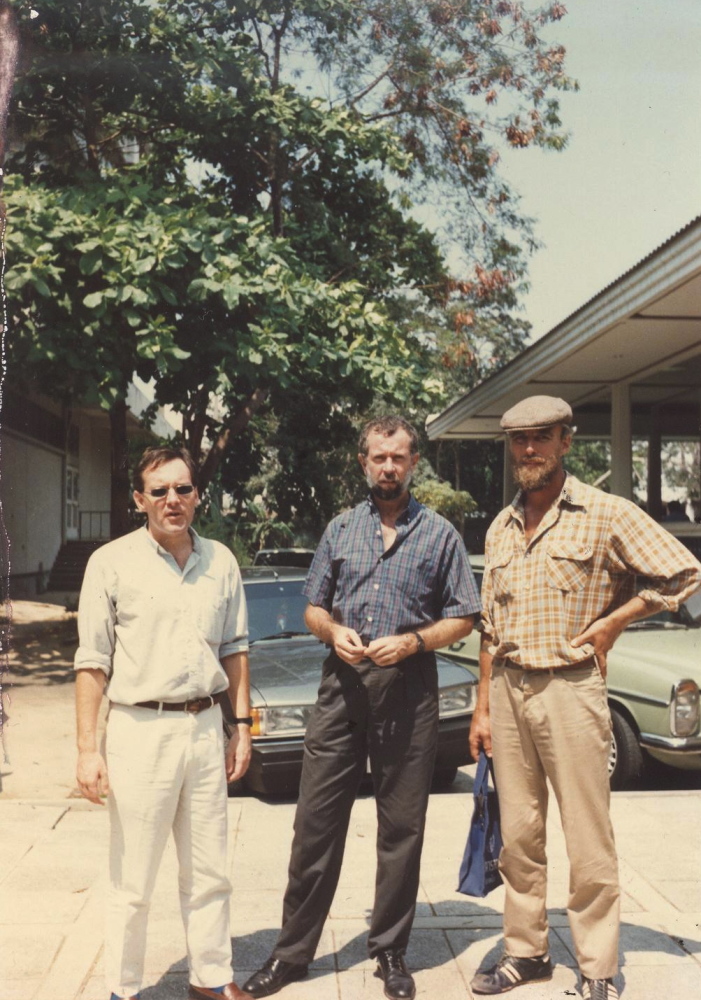
Me, Wayne Burns and Roger Hockenhull at Chulalongkorn University, mid-1980s.
Real students did medicine, engineering and law – they followed the money. A predecessor at Chulalongkorn University in the 1950s had been the English poet D. J. Enright, whose Memoirs of a Mendicant Professor I’ve always liked.
It was difficult to sustain resentment for long in Thailand: a light, fragrant, mollifying oil flowed over everything. Smiles, graceful salutations, neatness, clean linen, gentle jokes, prettiness … there could be nothing seriously amiss in such a land.
Enright was alive to the machinery of autocracy this “mollifying oil” kept spinning. In November 1957 – Enright’s time – Field Marshal Sarit Thanarat had just staged a coup – a successful one – which kept him in power as Prime Minister until his death in 1963 – between the end of democracy and the Beatles’ first LP.
Making use of student howlers, Enright detects the pragmatism behind the smile.
‘”Fear no more the heat o’ the sun’ means: now we have air-conditioning.”
“‘Antony and Cleopatra had many strong emotions, but sir, it is too hot to think about them.'”
Thais appreciated literature with a moral. If it didn’t have a moral it wasn’t worth reading. I have sometimes detected this strain among young American readers. Literature is not up there among the eternal verities such as money, political correctness, success, good colleges and being popular – the New Puritan ‘values’. Our Thai Orwell protestors are pointing a moral by standing still and reading. The teacher in me wonders, though, if they are really reading – or are they only making a show of it? The spectacle might be the thing.
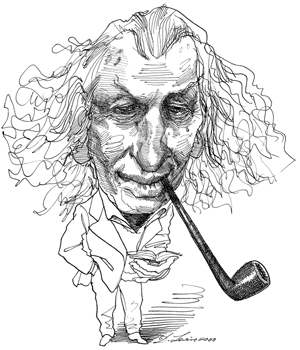
D.J. Enright by David Levine, New York Review of Books
Enright describes the deliberate infantilisation of the 1950s Thai student as a form of political control.
Certainly Chulalongkorn University was one of the few educational institutions in the world where one could be sure never to encounter the old cliché about the purpose of education being to teach the student to think for himself. No, education meant a preparation for Thai society as it was and, with reasonable good luck, ever would be. If there were any changes to be made in Thai life or society (and nothing remains entirely static), they would be made by the appropriate authorities. And certainly not by students.
Changes in Thai society have occurred, of course, and some of them by students. Blood has been shed in the more left-leaning university. Chulalongkorn University has always been a bastion of the establishment, and the students tend to follow suit. These days a technological literacy prevails and opens up alternative avenues to enlightenment. The firm paternalism of the ruling élite, which Enright identifies in the 1950s, is still attempting to shape the story. Those tots I taught to read in 1985 must now be paid up members of that elite. Big Brother is on campus and in the malls.

John Henry Cardinal Newman’s personal motto: “Heart speaks unto Heart”.
I still have the presumption that universities educate the whole person and trace this back to John Henry Cardinal Newman. His essays were on the syllabus when I went to school. It seems like another world. I read his “Idea of a University” in my mid-teens. How much has changed?
Men, whose life lies in the cultivation of one science, or the exercise of one method of thought, have no more right, though they have often more ambition, to generalize upon the basis of their own pursuit but beyond its range, than the schoolboy or the ploughman to judge of a Prime Minister…
Newman is pointing out the limitations of the specialist. And that is the way the universities have gone: the technocrats have inherited the academy, the corporations run it. Newman’s idea of a university has died with mergers and acquisitions. If you can’t beat ’em, buy ’em.
The recent suspension by Warwick University of Thomas Docherty, professor of English and comparative literature and former head of the English department, tells us dissent has been muffled. The funding wars, pitting science and corporations, “performance assessment” are all part of the bring and buy sale. The academy is being kitted out as a business.
It is that time of year when foreign élites go shopping for an education for their kids on the campuses of Britain and America, sampling the “university experience”. The international students I teach will pay upwards of $60,000 per year for a US college experience. The British price tag is somewhat cheaper. A Scottish education is cheaper still. My students don’t know quite what to think when I tell them my education was free. In their minds price equals value.
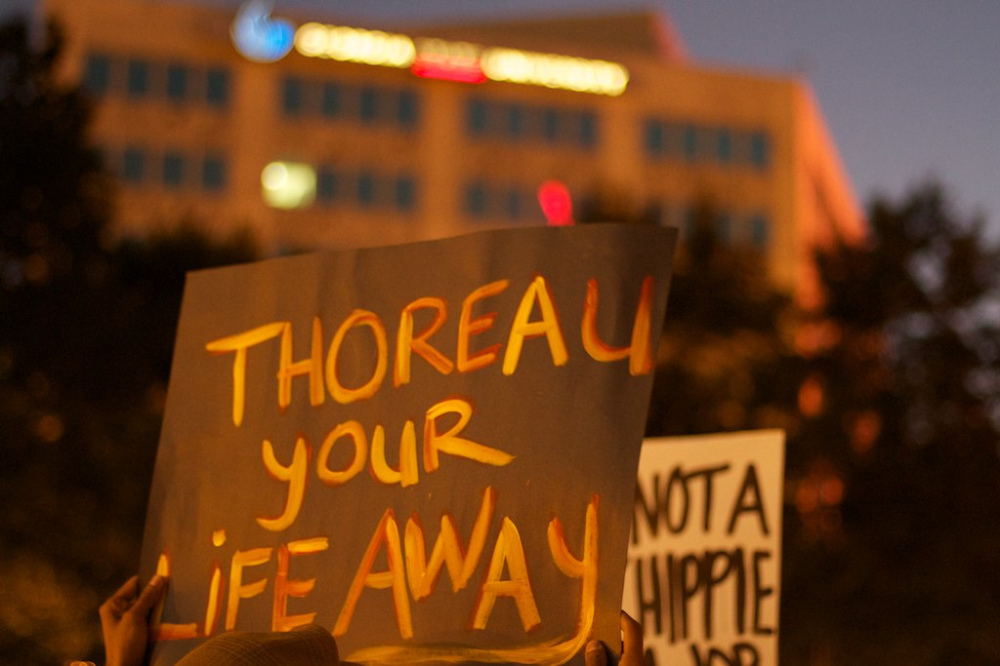
An image from Occupy Wall Street
Reading about the Orwell protests in Bangkok, I picked up again Thoreau’s Civil Disobedience and Reading, mistakenly thinking Thoreau was linking the two topics. But they are separate slim essays originally published in 1849 as “Resistance to Civil Government” and as part of his famous meditation Walden.
Most men have learned to read to serve paltry convenience, as they have learned to cipher in order to keep accounts and not be cheated in trade; but of reading as a noble intellectual exercise they know little or nothing.
I was well into adulthood before I realised the truth of this. Even further into my thirties when I copped on that many teachers are not readers. Definitely middle aged when it dawned on me that quite a few English teachers don’t read any books from one end of the year to the other. Of the class who have now inherited the academy – the managers, executives, technocrats, bullet-point people – the less said the better.
We are a race of tit-men, and soar but little higher in our intellectual flights than the columns of the daily paper.
The daily paper might be pushing it. Thoreau anticipates the feebleness of the LIKE button.
Even voting for the right is doing nothing for it. It is only expressing to men feebly your desire that it should prevail.
Thoreau recognises the new brutalist economics, the grip of corporations on the body politic predicted by Neil Postman all those years ago.
But when the friction comes to have its machine, and oppression and robbery are organised, I say, let us not have such a machine any longer.
“Organised robbery” is as good a description as any of the banking crisis and the privatisation of public services. I picked up my copy of Civil Disobedience and Reading in Asia Books in Bangkok, in one of those glassy malls where the bookshops are full of designer tomes and business pablum.
The progress from an absolute to a limited monarchy, from a limited monarchy to a democracy, is a progress towards a true respect for the individual…. Even the Chinese philosopher was wise enough to regard the individual as the basis of the empire.
Reading Thoreau it struck me that The Tea Party call for “light government” goes back a long way – at least a long American way. These United States are only recently gathered around a peace following the Mexican-American War. “Light government” and its extreme – no government – is by and large the wish of settlers and self-made men.
Practically speaking, the opponents to a reform in Massachusetts are not a hundred thousand politicians at the south, but a hundred thousand merchants and farmers here, who are more interested in commerce and agriculture than they are in humanity, and are not prepared to do justice to the slave and to Mexico, cost what it may.
Thoreau’s stand for humanity is still being contested, its circumstances fresh. He’s facing the righteousness of the land-grab, of the me-first people. When a parent barrels in because their child hasn’t got the grade they wanted, I recognise the type. Pushy as all hell. Those readers of Nineteen Eighty-Four in Bangkok are facing the foot soldiers of the ruling élite. The best and the brightest don’t rule, but the wealthiest.
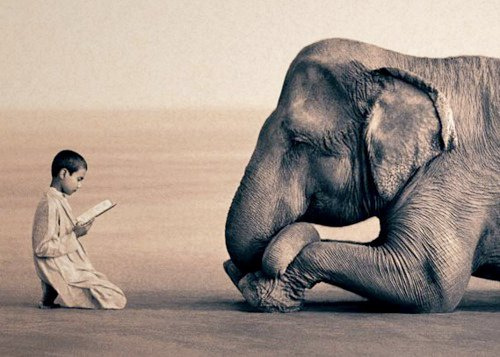
The power of reading
